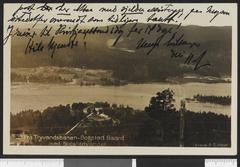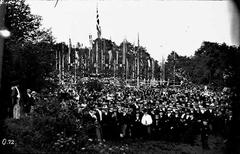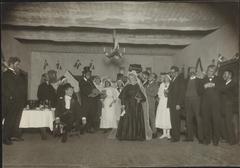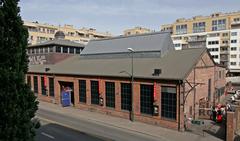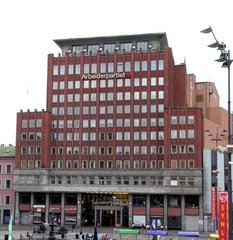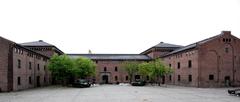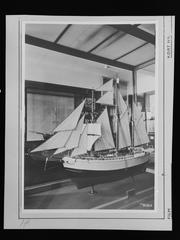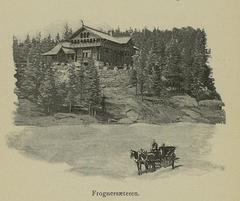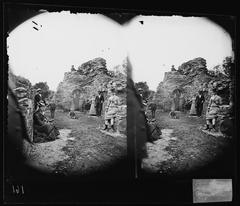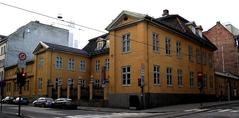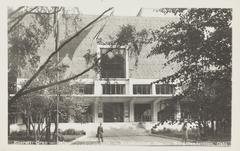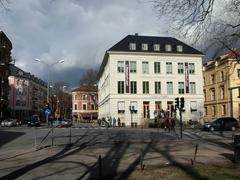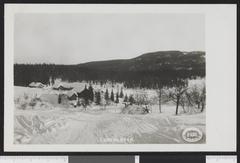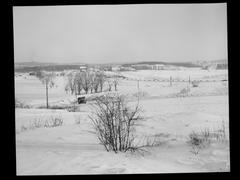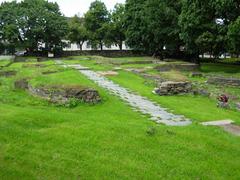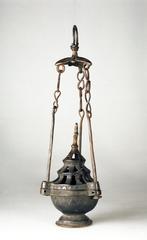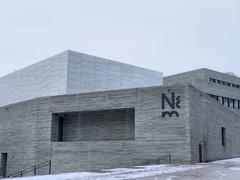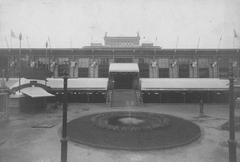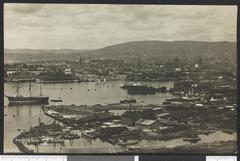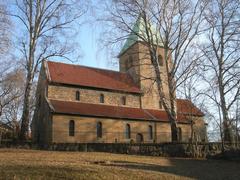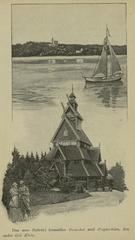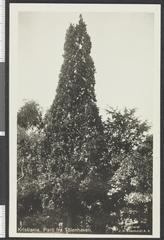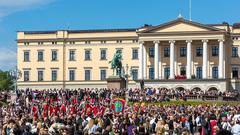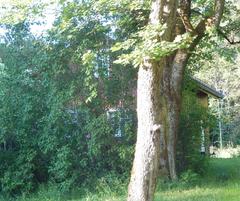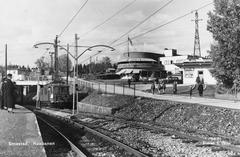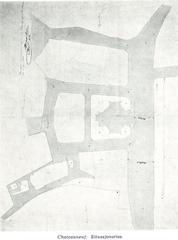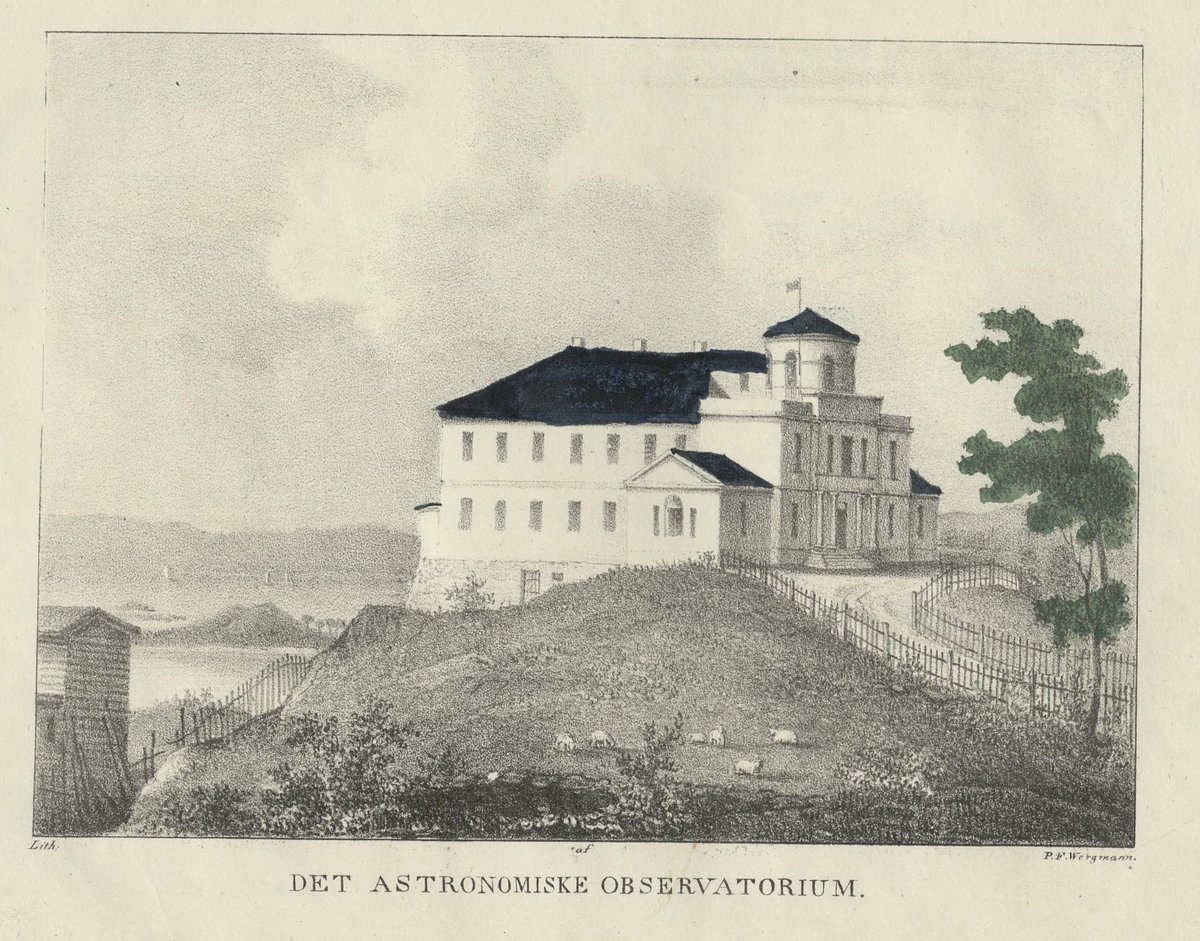
Oslo Observatory Visiting Hours, Tickets, and Historical Site Guide
Date: 03/07/2025
Introduction
The Oslo Observatory stands as a cornerstone of Norway’s scientific and architectural heritage, reflecting the nation’s legacy in astronomy, geodesy, and scientific progress. Established in 1833, it is the oldest building constructed specifically for the University of Oslo and is intimately linked to the pioneering work of astronomer Christopher Hansteen. Today, this neoclassical landmark offers visitors an immersive journey into Norway’s astronomical achievements, architectural elegance, and cultural history. This guide provides essential information on visiting hours, ticketing, accessibility, as well as insights into the observatory’s enduring significance and practical tips for visitors.
For official updates, always consult the Museum of University and Science History (MUV) and the University of Oslo’s official website.
Table of Contents
- Oslo Observatory at a Glance
- Historical Background and Construction
- Scientific Milestones and Contributions
- Architecture and Cultural Impact
- Visiting Information: Hours, Tickets, Accessibility
- Special Events, Tours, and Nearby Attractions
- Legacy and Ongoing Influence
- Frequently Asked Questions (FAQ)
- Practical Tips for Your Visit
- Summary and Recommendations
- Sources and Further Reading
Oslo Observatory at a Glance
Nestled in central Oslo, the Oslo Observatory is a unique destination for history enthusiasts, science aficionados, and travelers alike. Located near major landmarks such as the Royal Palace and National Theatre, it invites visitors to explore Norway’s scientific heritage within a tranquil, historic setting. The observatory’s story is one of innovation, ambition, and enduring relevance.
Historical Background and Construction
Foundation and Motivation
Founded in 1833, the Oslo Observatory (originally Universitetsobservatoriet) was Norway’s first dedicated astronomical facility. Its establishment was a direct response to the country’s desire for academic self-determination following the dissolution of the Denmark-Norway union in 1814 (web.astronomicalheritage.net). The observatory played a pivotal role in anchoring scientific research within the newly founded Royal Frederick University (now University of Oslo).
Visionary Leadership
Christopher Hansteen (1784–1873), the university’s first professor of astronomy, led the observatory for nearly five decades. Under his direction, it became a hub for research in astronomy, timekeeping, navigation, and geomagnetism. Hansteen’s work was instrumental in establishing Norway’s reputation in the international scientific community.
Architectural Significance
Designed by Christian Heinrich Grosch, one of Norway’s most prominent architects, the building exemplifies neoclassical design and innovation. Its dual function as both a residence and scientific laboratory was groundbreaking for its era. Parts of the structure were ingeniously designed to act as large-scale scientific instruments, demonstrating the fusion of utility and elegance (muv.uio.no).
Scientific Milestones and Contributions
Advancing Astronomy and Geodesy
From its inception, the Oslo Observatory was central to Norway’s scientific advancement:
- Celestial Observations: Systematic tracking of stars and planets, contributing to international star catalogues.
- Timekeeping: Providing official time for Oslo, which was essential for navigation, railways, and daily life.
- Geodetic Surveys: Establishing the Oslo Meridian and supporting the mapping of Norway’s complex terrain before the advent of GPS (web.astronomicalheritage.net).
National Almanac and Navigation
The observatory edited Norway’s official almanac, a crucial reference for seafarers, farmers, and the general public. The almanac’s accuracy and reliability were a testament to the observatory’s scientific rigor (wikipedia.org).
Educational Leadership
As an academic institution, the observatory trained generations of Norwegian scientists and fostered collaboration across disciplines. Notable figures such as Vilhelm Bjerknes and Sophus Lie benefited from its resources and mentorship.
Architecture and Cultural Impact
Neoclassical Landmark
The observatory’s neoclassical architecture, characterized by its central dome and elegant symmetry, set a standard for public buildings in 19th-century Norway. Its strategic positioning overlooking the Oslofjord symbolizes both scientific aspiration and aesthetic harmony (muv.uio.no).
A Cultural Beacon
Beyond its scientific role, the Oslo Observatory became a symbol of Norway’s pursuit of enlightenment and progress. It was featured in period art and literature, and its silhouette remains a recognizable feature of Oslo’s cityscape.
Visiting Information: Hours, Tickets, Accessibility
Location
- Address: Observatoriegata 1, 0254 Oslo
- Nearby: Royal Palace, National Theatre, Oslofjord, University of Oslo city campus
Getting There
- Public Transport: Short walk from Nationaltheatret station (tram, metro, and bus lines). VisitOSLO
- Cycling/Walking: Oslo’s bike lanes and pedestrian routes make access easy.
- Car: Limited street parking and nearby garages; public transport is recommended (Norway with Pål).
Visiting Hours
- General Access: The observatory is open primarily during special events, guided tours, or by appointment. There are no daily open hours.
- Usual Events: Saturdays from 12 PM to 4 PM in spring and autumn; additional openings during festivals.
- Always check the official University of Oslo page for current schedules.
Tickets
- Admission: Free for most events and guided tours; some special programs may require a fee.
- Booking: Advance booking is required for tours and group visits. Contact the university or MUV directly.
Accessibility
- Wheelchair Access: Main entrance is street-level; some internal areas may be less accessible due to historic architecture.
- Facilities: Accessible restrooms available; visitors with additional needs should contact the observatory in advance (VisitOSLO Accessible Attractions).
Special Events, Tours, and Nearby Attractions
Guided Tours
- Offered in Norwegian and English, tours provide historical context, access to preserved instruments, and behind-the-scenes insights.
- Booking in advance is highly recommended as spots fill quickly.
Special Events
- Astronomy nights, lectures, workshops, and open houses are hosted in alignment with celestial phenomena and cultural festivals.
Nearby Attractions
- Royal Palace: Guided tours in summer (Royal Palace Tours).
- National Theatre, University Buildings: Oslo’s cultural and academic core.
- Aker Brygge, Tjuvholmen: Waterfront dining and art galleries.
- Palace Park, Frogner Park: Scenic walks and green spaces.
Legacy and Ongoing Influence
Transition to Modern Science
By the early 20th century, scientific needs outgrew the original observatory, leading to the founding of the Institute of Theoretical Astrophysics at the Blindern campus in 1934. The observatory, however, remains a vital cultural and historical site (wikipedia.org).
Continuing Impact
The observatory’s archives and instruments are valuable for both research and public engagement, and it continues to inspire through educational programs and exhibitions. Norwegian astronomers, through institutions like the ITA, contribute to major international projects such as the Planck mission (web.astronomicalheritage.net).
Frequently Asked Questions (FAQ)
Q: What are the Oslo Observatory’s opening hours?
A: Primarily open during special events and guided tours; confirm current hours via the official website.
Q: Is there an admission fee?
A: General admission is free, but some tours/events may require a fee or advance booking.
Q: How do I get there by public transport?
A: Nationaltheatret station is nearby; trams, buses, and the metro all serve this area.
Q: Is the observatory wheelchair accessible?
A: The main entrance is accessible, but some historic areas may have limitations. Contact the observatory for specific needs.
Q: Are guided tours available?
A: Yes, usually by advance booking and during special events.
Q: Can I photograph inside the observatory?
A: Photography is generally permitted, but check with guides regarding delicate instruments.
Practical Tips for Your Visit
- Plan Ahead: Always verify hours and availability before your visit.
- Book Early: Tours and event slots fill quickly, especially in peak seasons.
- Combine Attractions: Visit nearby sites like the Royal Palace and National Theatre.
- Weather: Oslo in July is mild but bring a rain jacket for sudden showers (Global Highlights).
- Payment: Oslo is largely cashless; cards and mobile payments are standard.
- Language: English is widely spoken, and most signage is bilingual.
- Safety: The area is safe; standard urban precautions apply.
Summary and Recommendations
The Oslo Observatory offers an exceptional window into Norway’s scientific and cultural evolution. Its blend of historical significance, architectural beauty, and ongoing educational mission makes it a must-visit for anyone interested in astronomy, history, or Oslo’s vibrant heritage. Due to limited public access, planning and booking ahead is essential. Use official resources like the University of Oslo and MUV for the most current information. Enhance your experience by exploring adjacent cultural sites, and consider downloading the Audiala app for interactive guides and updates.
Sources and Further Reading
- Museum of University and Science History (MUV)
- University of Oslo’s official observatory page
- VisitOSLO
- UiO Observatory Visitor Information
- Institute of Theoretical Astrophysics, Wikipedia
- Astronomical Heritage Network
- Norway with Pål: Oslo Travel Tips
- Global Highlights: Norway Weather in July
- Royal Palace Tours




